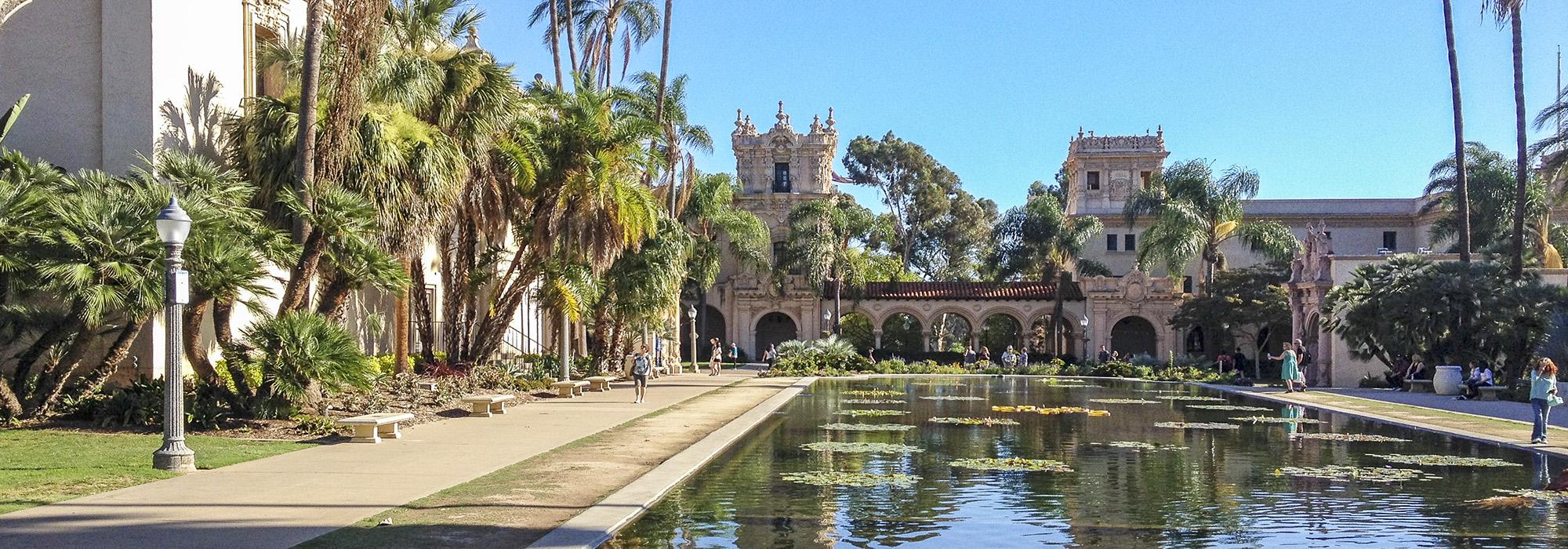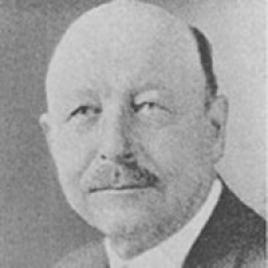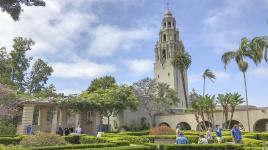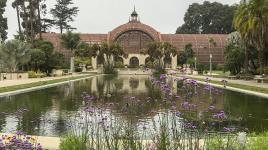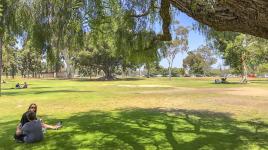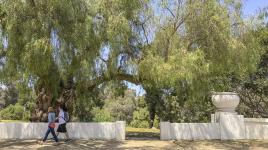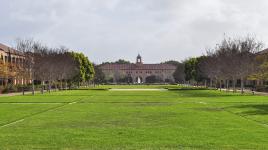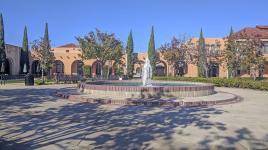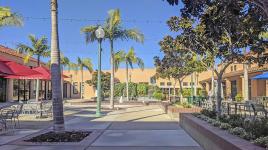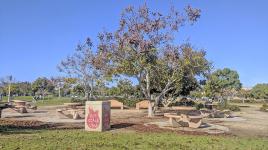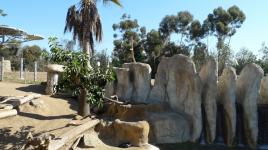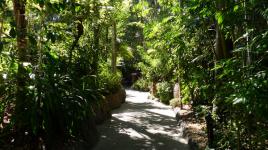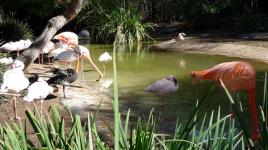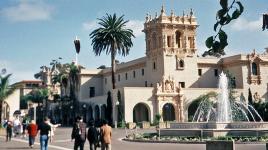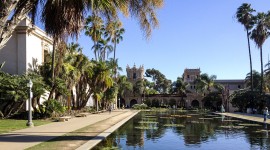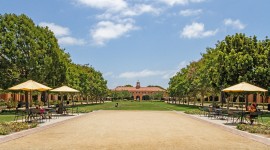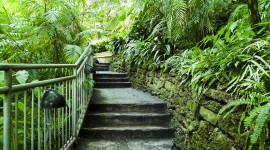Pioneer Information
Born in Newark-on-Trent, England, Morley followed his father by pursuing a career in horticulture. In 1890, at the age of 23, the younger Morley immigrated to the United States, eventually arriving in Los Angeles, California. Joining the Klondike Gold Rush, Morley spent a few unsuccessful years in the Yukon before returning to Los Angeles to resume a career in horticulture. Between 1903 and 1911, he served as assistant superintendent and, then, superintendent of the City of Los Angeles’ Department of Parks. He entered the private sector briefly before being appointed superintendent of parks for the City of San Diego. He served in this position for 27 years, during which time he expanded the city’s park system to include Mission Hills, Point Loma, and Oldtown Parks. One of his earliest projects included the realization of Balboa Park’s master plan prior to the opening of the Panama-California Exposition in 1915. He also established the park’s first rose garden along the slopes of the Cabrillo Canyon, and he participated in the development of the San Diego Zoo. During the Great Depression, he created a recreational area within the northeast section of Balboa Park, which was renamed Morley Field in 1934. From 1921 to 1923, Morley worked with architect Lincoln Rogers to design a landscape plan for the Naval Training Center (now Liberty Station), along the San Diego Bay. In addition to landscaping he supervised the extension of Park Avenue (today’s Sixth Avenue) and the relocation of Midland Drive (now Park Boulevard). Following his retirement in 1939, he was allowed to reside within Balboa Park. He died of a heart attack at his home at the age of 73.



